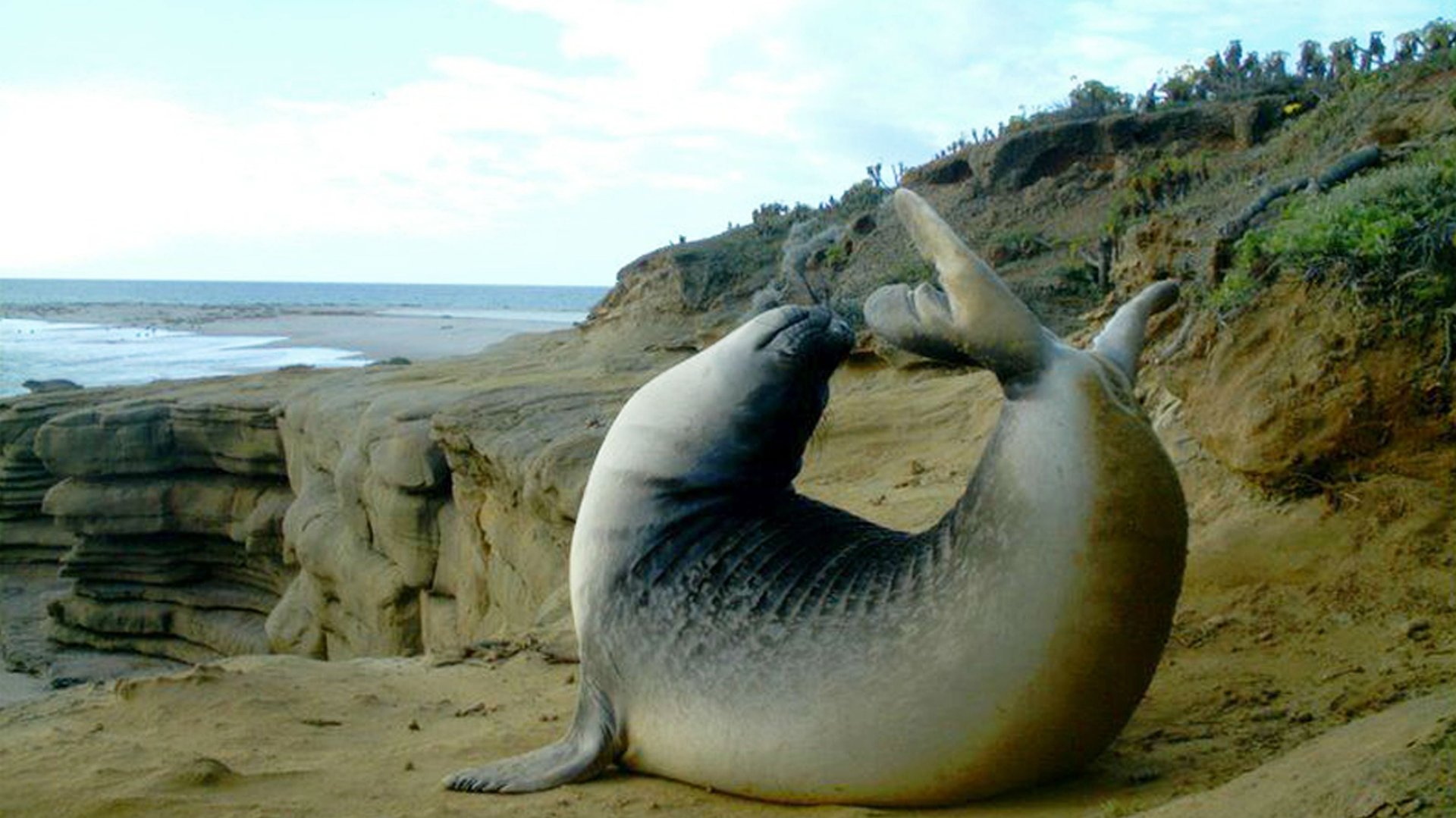Seals can be scientists, too
Who says the best researchers have to be human?


Who says the best researchers have to be human?
A team of scientists recently published the first in-depth paper (paywall) on a deepwater current surrounding west Antarctica, known as the Circumpolar Deep Water (CDW). And to help them with the actual research, they recruited a few locals: seven southern elephant seals and seven Weddell seals.
“Seals are the perfect assistant to gather this data,” Helen Mallett, an oceanographer at the University of East Anglia and lead author of the paper, told Nature. “They’re there the whole year round, and they can stay in places with horrible weather that ships can’t possibly be in.”
The human researchers glued little sensors to the heads of these seals in February 2014. Then the seals went about their regularly scheduled activities, including wrapping up breeding season and weathering the winters on the Antarctic ice pack. Over the course of seven months, the transmitters on the seals’ heads sent data back to scientists about where the pinnipeds were swimming, and temperatures and salinity of the surrounding water.
We’ve tried to build ships to withstand the harsh conditions of Antarctica, but evolution keeps proving a far superior engineer. These seals have been surviving Antarctic winters for years, and are much better assistants for scientific research in this setting than other humans or machines. Over the entire course of the study, their transmitters pinged back 10,000 measurements. That was five times more the total amount of data that had been collected by moorings in the past two decades. And those are immobile; the seals managed to cover 150,000 sq km (57,915 sq mi) of the icy continent’s coast.
From the seal-collected data, the research team learned that every winter, the CDW moves clockwise around the continent, bringing deeper, salty water to the coasts of some of the underbellies of the continent’s floating sea ice connected to glaciers. This salty water is an average of 0.32°C (about 0.6°F) warmer than colder waters closer to the surface of the ice, and threaten to melt more of the glaciers an area already melting quickly thanks to climate change. Scientists hope that by better understanding the CDW’s circulation patterns, they can improve models for Antarctic ice melting rates and subsequent sea-level rise.
Using seals proved to be a far more efficient means of collecting data in this region. Plus, considering seals are also at risk of losing habitat should ice sheets melt, arguably the scientists were really helping these seals help themselves.
That said, no seals were listed as co-authors of the paper. Rude.